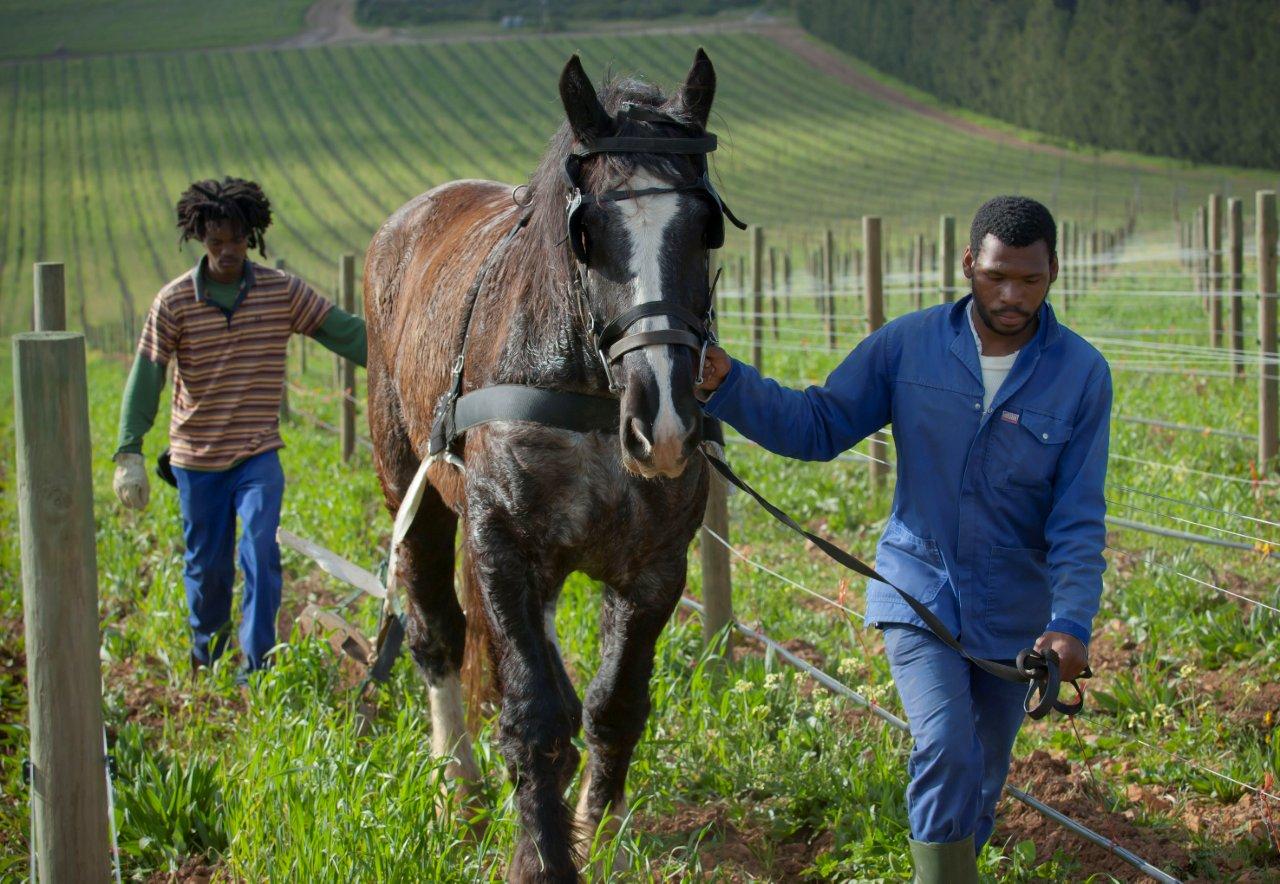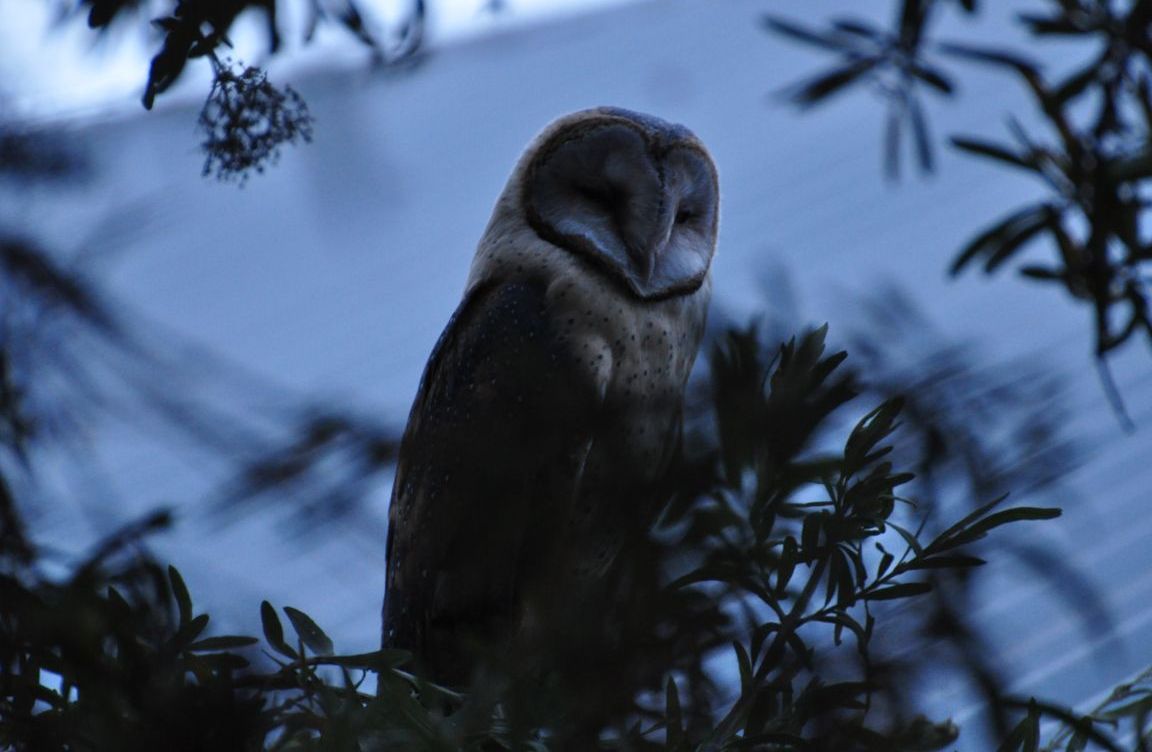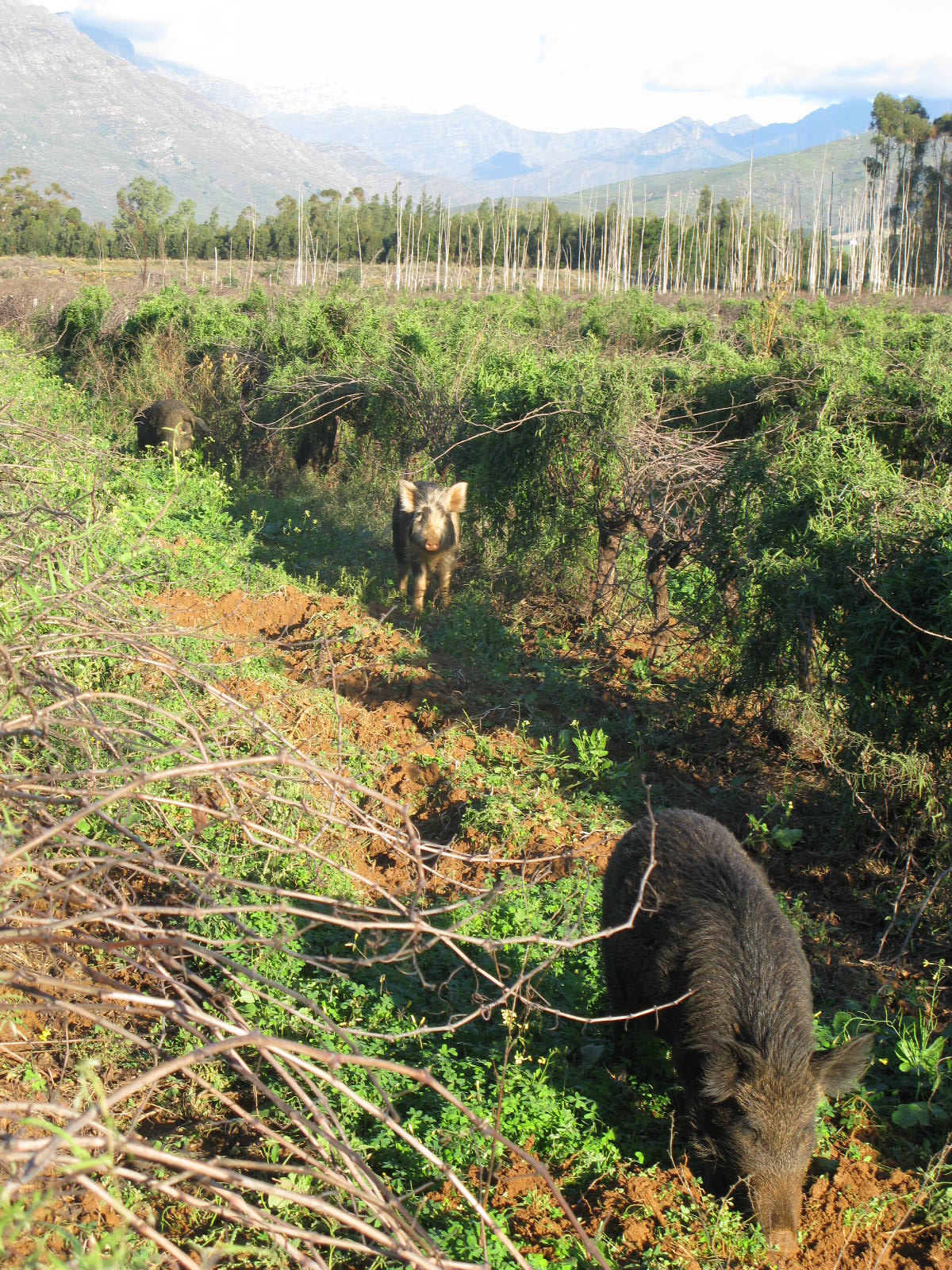Untamed winemaking
Horses have long been a part of South Africa’s winemaking history. Before tractors and motorcars were so prolific, it was our four-legged steeds we relied on to get the job done.
Stallions and fillies alike would be charged with transporting grapes to the cellar, delivering wine to the towns, providing a ride for vineyard pruners and much more.
Legend has it that roses were planted at the end of a vineyard row so that if a horse took the corner too sharply it would be scratched by the thorns. It’s said that only later were roses used as an early warning system for mildew.
It was only in recent history (50 years or so ago) that farms such as Klein Constantia, De Meye and the like traded horses in for horsepower.
 Though there are still plenty of farms which rely on the animal kingdom for help in the vineyards, these days it’s for another purpose – as a part of biodynamic or green farming.
Though there are still plenty of farms which rely on the animal kingdom for help in the vineyards, these days it’s for another purpose – as a part of biodynamic or green farming.
On our farms, these helpers range from ducks and horses to chameleons and wild boars. On my quest to uncover the creatures that help with South Africa’s winemaking, I heard a rather remarkable tale about a dog that could sniff out sick vines. The dog in question was a dachshund from Edgebaston that, it was rumoured, could detect the early signs of leaf-roll virus. Though this rumour turned out to be too incredible to be true, winemaker David Finlayson says that dogs can still play a part: “Dogs love the smell and taste of ripe grapes. Quite a few winemakers say that they pick the grapes according to the ones that the dogs chew off the vines first. Personally I like having loads of guinea fowl around in the vineyards as they eat a ton of the bad bugs.”
Bastion of biodynamic farming Waterkloof has a whole zoo working the vines. “Our farming team includes horses, cattle, sheep and chickens,” says farm manager Christiaan Loots. “Our Percheron horses are used in place of tractors to plough, compost, spray and harvest. Our cattle provide manure for our biodynamic preparations and compost. The sheep graze in the vineyards, eating weeds and enriching the soil with nitrogen and potassium from their manure. And, finally, our hens roam freely among the vines, eating vine weevils and laying fresh eggs for use in the restaurant.”
Jordan Wine Estate is home to a large population of the rare Cape Dwarf chameleon. Not only do these creatures help with pest control in the vines but they are also believed to be magic (according to African folklore). Gary Jordan says his record sighting is 42 chameleons all spotted in the space of one minute. That’s a lot of magic.
 Ducks are one of the most popular helpers in the vineyard as their favourite meal happens to be a vine-nibbling snail. Avondale, a certified organic wine estate that employs biodynamic practices, has a devoted flock of white Pekin ducks on snail patrol.
Ducks are one of the most popular helpers in the vineyard as their favourite meal happens to be a vine-nibbling snail. Avondale, a certified organic wine estate that employs biodynamic practices, has a devoted flock of white Pekin ducks on snail patrol.
Avondale also uses birds to help keep rodents in check. Spotted eagle owls, rock kestrels, and yellow-billed and black-shouldered kites all occur naturally on the farm, and the estate encourages them to stay by erecting tall poles for perching on, as well as owl boxes in the vineyards.
Owl boxes are a common sight in vineyards across the Western Cape. They afford owls a place to nest and, in return, these predatory birds clean up downstairs in the vineyards.
 Vergenoegd also has a snail patrol in the form of runner ducks, which forage for snails and insects in its vineyards (you can sometimes purchase duck eggs from their tasting room).
Vergenoegd also has a snail patrol in the form of runner ducks, which forage for snails and insects in its vineyards (you can sometimes purchase duck eggs from their tasting room).
Another organic winery, Reyneke, uses ducks for pest control too, plus: “Our cows and horses help us with their manure and weed eating abilities,” says Johan Reyneke. The chickens and guinea fowl eat weevils. The owls take care of the rodents. My dog Charlie only eats ripe grapes, so she helps us decide when to pick. Generally, the greater the diversity, the more stable the environment. We therefore encourage domestic animals to do their bit but also create wild life corridors so nature can flourish.”
And finally, Tom Turner has put wild boar to good use. He farms wine grapes at Bontebok Ridge for a local winery and lets the boars graze and turn the ground over in his vineyards.
“We have over 150 wild boars in our vineyards,” informs his wife, Katja. “They till the soil and eat the insects that we would otherwise have to spray. We allow them into the vines once all the grapes have been harvested and then take them out as they start sprouting in spring. It has brought down our diesel consumption in tilling the land, as well as our need for sprays. Our wild boars are farmed for their delicious meat, which we sell farm to fork.”

– Malu Lambert